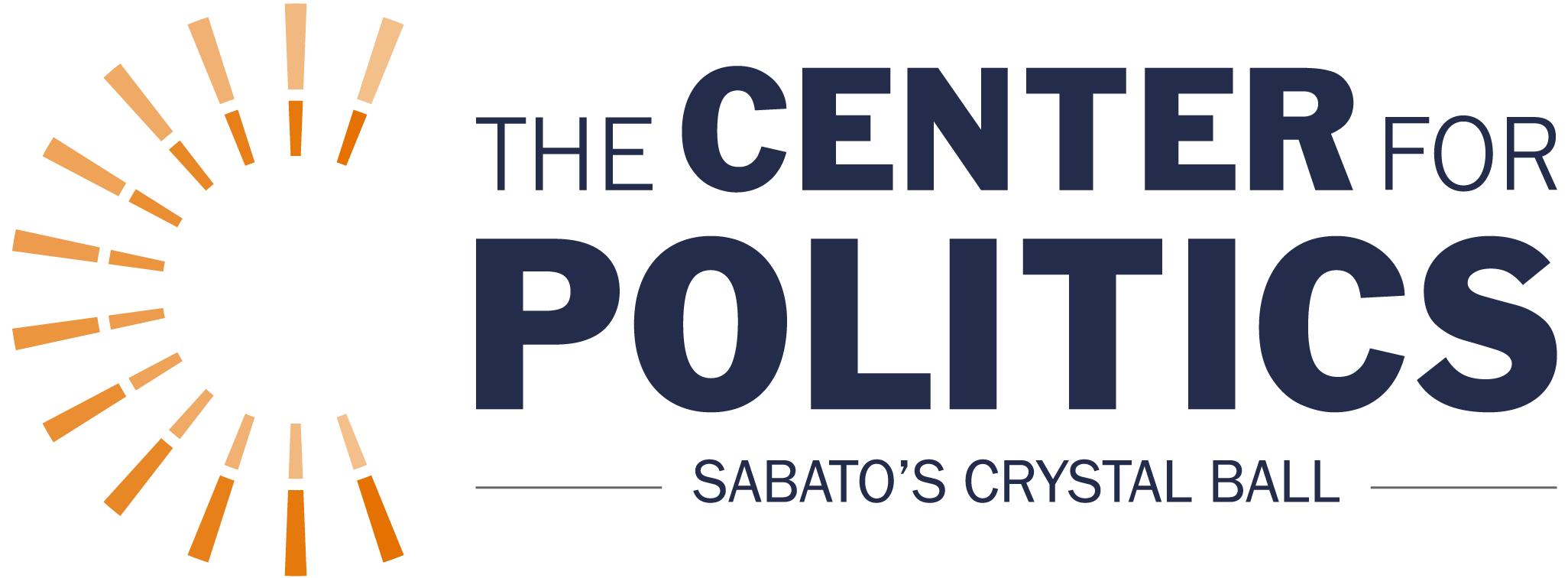The State Legislatures: More than 6,000 down-ballot races to determine control of states
KEY POINTS FROM THIS ARTICLE — More than four of every five of the nation’s state legislative seats will be on the ballot this year. — The usual midterm presidential penalty extends to state legislative seats, where the presidential party loses an average of more than 400 state legislative seats each midterm. — On average, 12 chambers flip party control each cycle. Democrats should net chambers but may fall short of that average. — One possible outcome in November is that Democrats pick up hundreds of seats but manage to wrest control in just a few legislative chambers because the GOP holds such big majorities in many states. — The nation is likely to elect a historically high number of women state legislators. About one in four state legislators are women currently. The battle for the statehouses National political coverage in 2018 is focused on the political destiny of Congress, naturally enough. The strong consensus is that Washington is headed for divided political control again, meaning continued gridlock and possibly even more unproductive partisan warfare. That’s why the 6,000+ legislative seats on ballots in 46 states are critical to the direction of the country. Policy innovation has become almost exclusively
